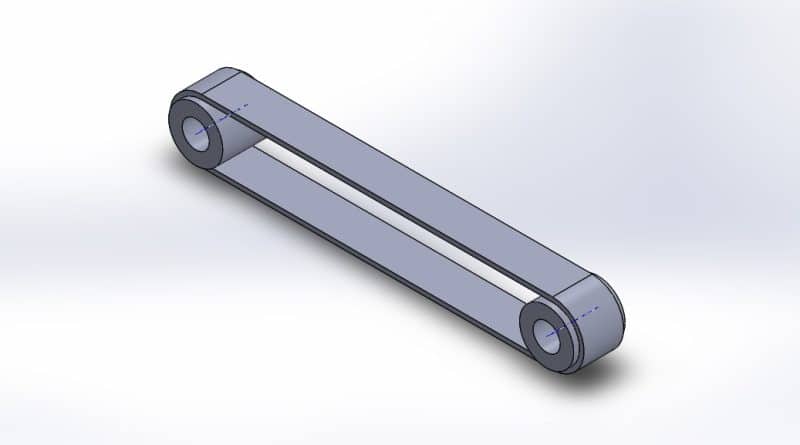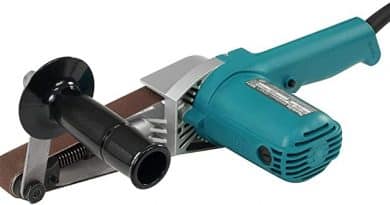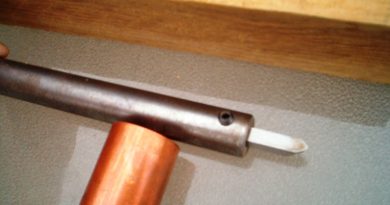Belt Drives Selection Criteria and Use Standards
To fully specify a belt, the material, length, and cross-section size and shape are required. In addition, Timing belts require that the size of the teeth be given. The length is the sum of the central length of the system on both sides, half the circumference of both pulleys and the square of the sum (if crossed) or the difference (if open) of the radii. Thus, when dividing by the central distance, it can be visualized as the central distance times the height that gives the same squared value of the radius difference on, of course, both sides.
Fatigue is the reason for most belt problems. This wear is caused by stress from rolling around the pulleys. High belt tension, excessive slippage, adverse environmental conditions, and overloads caused by shock, vibration, or belt slapping all contribute to fatigue.
In the clockwise rotation of the driver, the driver pulls the belt from the lower side and delivers it to the upper side. Thus the tension in the lower side belt will be more than that of the upper side belt. Hence the lower side is called as tight side and the upper side is called as slack side.
The power transmission in belt drive is caused by friction between the belt and pulleys. However, some relative movement will always exist at the driver-belt interface and belt-driven pulley interface due to ineffective friction. This phenomenon is called a slip the belt. Due to slip, its speed will be less than the peripheral speed of the driving wheel and slightly more than the peripheral speed of the driven wheel.
There are many criteria for the selection of belt drives. They are built under the following required conditions: speeds of and power transmitted between the drive and the driven unit, the suitable distance between shafts, and appropriate operating conditions.
The open-belt drive has parallel shafts rotating in the same direction, whereas the cross-belt drive also bears parallel shafts but rotate in opposite direction. The former is far more common, and the latter is not appropriate for timing and standard V-belts, because the pulleys contact both inner and outer belt surfaces.
Non-parallel shafts can be connected if the belt’s center line is aligned with the center plane of the pulley. Industrial belts are usually reinforced rubber but sometimes leather types, non-leather non-reinforced belts, can only be used in light applications.




